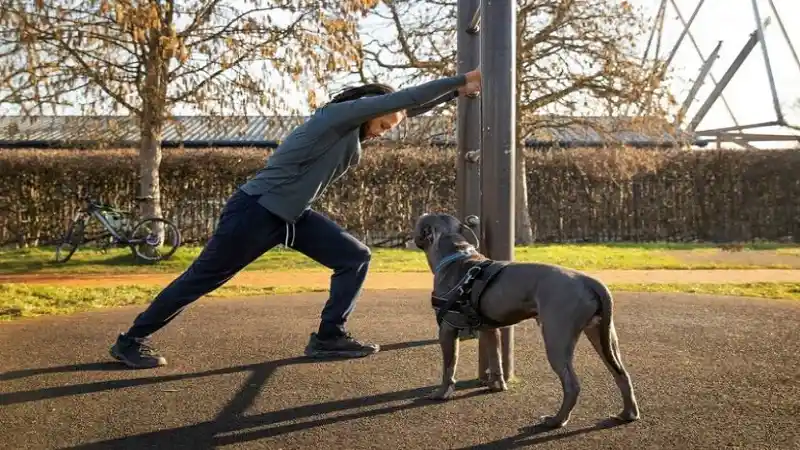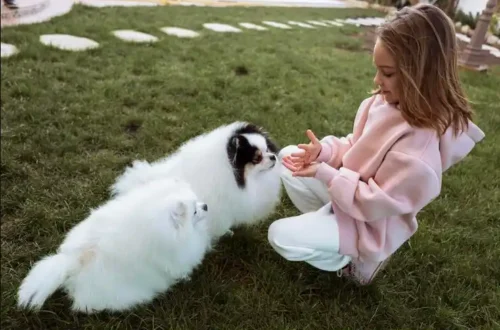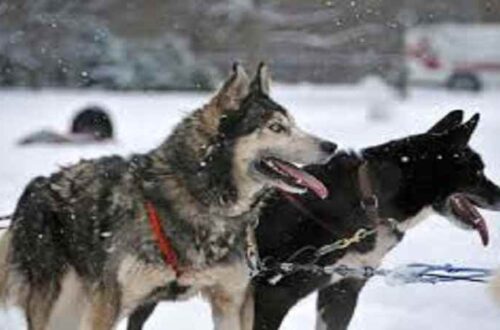Every dog owner knows the joy of coming home to a wagging tail and a loving face. But to ensure that your canine companion is not just a source of joy but also a well-mannered member of your family, dog training is essential. Whether you’ve just welcomed a new puppy into your home or are looking to improve the behavior of your adult dog, this comprehensive guide will walk you through the essentials of dog training, offering tips and techniques to help you build a strong bond with your furry friend.
Understanding the Basics of Dog Training
Before diving into specific training techniques, it’s crucial to understand the fundamental principles of dog training. Training isn’t just about teaching your dog tricks or commands; it’s about establishing a clear line of communication between you and your pet. This involves patience, consistency, and positive reinforcement.
1. Patience is Key
Training a dog requires time and patience. Dogs don’t learn commands and behaviors overnight. They need consistent practice and positive reinforcement to understand what you expect from them. If you’re frustrated, take a step back, and remember that patience will pay off.
2. Consistency Matters
Consistency is crucial in dog training. Using the same commands, gestures, and rewards every time helps your dog learn faster. If you sometimes let your dog break the rules or use different commands, it will confuse them and make training less effective.
3. Positive Reinforcement
Positive reinforcement involves rewarding your dog for good behavior rather than punishing them for bad behavior. This method encourages your dog to repeat the behaviors that earn them rewards, which can include treats, praise, or playtime. Avoid punishment-based training, as it can lead to fear and anxiety in dogs.
Essential Dog Training Commands
Teaching your dog basic commands is the foundation of good behavior. Here are some essential commands every dog should know:
1. Sit
The “Sit” command is one of the easiest and most important commands to teach your dog. It’s the basis for many other commands and can help manage your dog’s behavior in various situations.
How to Teach It:
- Hold a treat close to your dog’s nose.
- Move your hand up, allowing your dog’s head to follow the treat and causing their bottom to lower.
- Once their bottom is on the ground, say “Sit” and give them the treat.
2. Stay
The “Stay” command teaches your dog to remain in one place until you release them. This command is useful for keeping your dog safe in various situations.
How to Teach It:
- Ask your dog to sit.
- Open your palm in front of you and say “Stay.”
- Take a step back, and if your dog stays in place, return and reward them.
- Gradually increase the distance and duration before giving the release command.
3. Come
The “Come” command is crucial for calling your dog back to you, especially in off-leash situations.
How to Teach It:
- Put a leash on your dog and let them wander a short distance away.
- Call their name followed by “Come” in a cheerful tone.
- When they come to you, reward them with treats and praise.
- Practice in different locations to reinforce the command.
4. Leave It
“Leave It” is a command that helps prevent your dog from picking up or eating things they shouldn’t.
How to Teach It:
- Hold a treat in your hand and let your dog sniff it.
- Close your hand around the treat and say “Leave It.”
- When your dog stops trying to get the treat and looks at you, reward them with a different treat.
- Practice with various items to reinforce the command.
5. Heel
The “Heel” command is useful for walking your dog on a leash without pulling.
How to Teach It:
- Start walking with your dog on a leash.
- Use a treat to guide your dog to walk beside you.
- Reward them when they stay in position, and use a command like “Heel” consistently.
Advanced Training Techniques
Once your dog has mastered basic commands, you can move on to more advanced training techniques. These can help with behavioral issues and enhance your dog’s overall obedience.
1. Clicker Training
Clicker training uses a small device that makes a clicking sound to mark desired behaviors. It’s a form of positive reinforcement that can speed up the learning process.
How to Use It:
- Click immediately when your dog performs the desired behavior.
- Follow up with a reward, such as a treat or praise.
- Practice regularly to help your dog associate the clicker with positive reinforcement.
2. Agility Training
Agility training involves teaching your dog to navigate through an obstacle course. It’s a fun way to improve your dog’s physical fitness and mental stimulation.
How to Get Started:
- Set up a simple obstacle course with items like tunnels, jumps, and weave poles.
- Encourage your dog to complete the course using treats and positive reinforcement.
- Gradually increase the complexity as your dog becomes more confident.
3. Socialization
Socializing your dog involves exposing them to different people, animals, and environments to help them become well-adjusted and confident.
How to Socialize:
- Introduce your dog to various situations, such as meeting other dogs or experiencing new environments.
- Reward calm and positive behavior in new situations.
- Gradually increase the complexity of the social experiences to build your dog’s confidence.
Common Dog Training Challenges and Solutions
Training a dog is not always straightforward. Here are some common challenges you might face and how to address them:
1. Distraction Issues
Dogs can get easily distracted, making it hard for them to focus on training commands.
Solution:
- Start training in a quiet environment with minimal distractions.
- Gradually introduce distractions as your dog becomes more proficient.
- Use high-value treats or toys to maintain their interest.
2. Aggressive Behavior
Aggressive behavior can be challenging to address and may require professional help.
Solution:
- Avoid using punishment-based methods, which can escalate aggression.
- Focus on positive reinforcement and redirecting aggressive behavior.
- Consult a professional dog trainer or behaviorist if the aggression persists.
3. Separation Anxiety
Separation anxiety can cause destructive behavior when you’re not home.
Solution:
- Gradually increase the time your dog spends alone.
- Provide engaging toys or puzzles to keep your dog occupied.
- Create a positive association with your departures and arrivals by staying calm and not making a fuss.
Maintaining Good Behavior
Training doesn’t stop once your dog has learned the basics. Ongoing reinforcement and practice are key to maintaining good behavior.
1. Regular Practice
Incorporate training into your daily routine to keep your dog’s skills sharp. Short, frequent training sessions are more effective than long, sporadic ones.
2. Positive Reinforcement
Continue to use positive reinforcement to encourage good behavior. Regularly reward your dog for following commands and displaying good behavior.
3. Enrichment Activities
Keep your dog mentally and physically stimulated with enrichment activities. Puzzle toys, interactive games, and regular exercise can help prevent boredom and unwanted behavior.
The Importance of Bonding Through Training
Training is not just about teaching commands; it’s also an opportunity to build a strong bond with your dog. The time you spend training and interacting with your pet strengthens your relationship and fosters mutual trust and respect. This bond is the foundation of a well-behaved and happy dog.
Conclusion
Dog training is a rewarding and essential part of responsible pet ownership. By understanding the basics, teaching essential commands, and addressing common challenges, you can build a positive and fulfilling relationship with your canine companion. Remember that training requires patience, consistency, and positive reinforcement, but the result is a well-behaved and happy dog who is a joy to be around.
Whether you’re just starting or looking to enhance your dog’s skills, the principles outlined in this guide will help you on your journey to becoming a successful dog trainer. Embrace the process, celebrate the small victories, and enjoy the deep connection that training brings to your relationship




